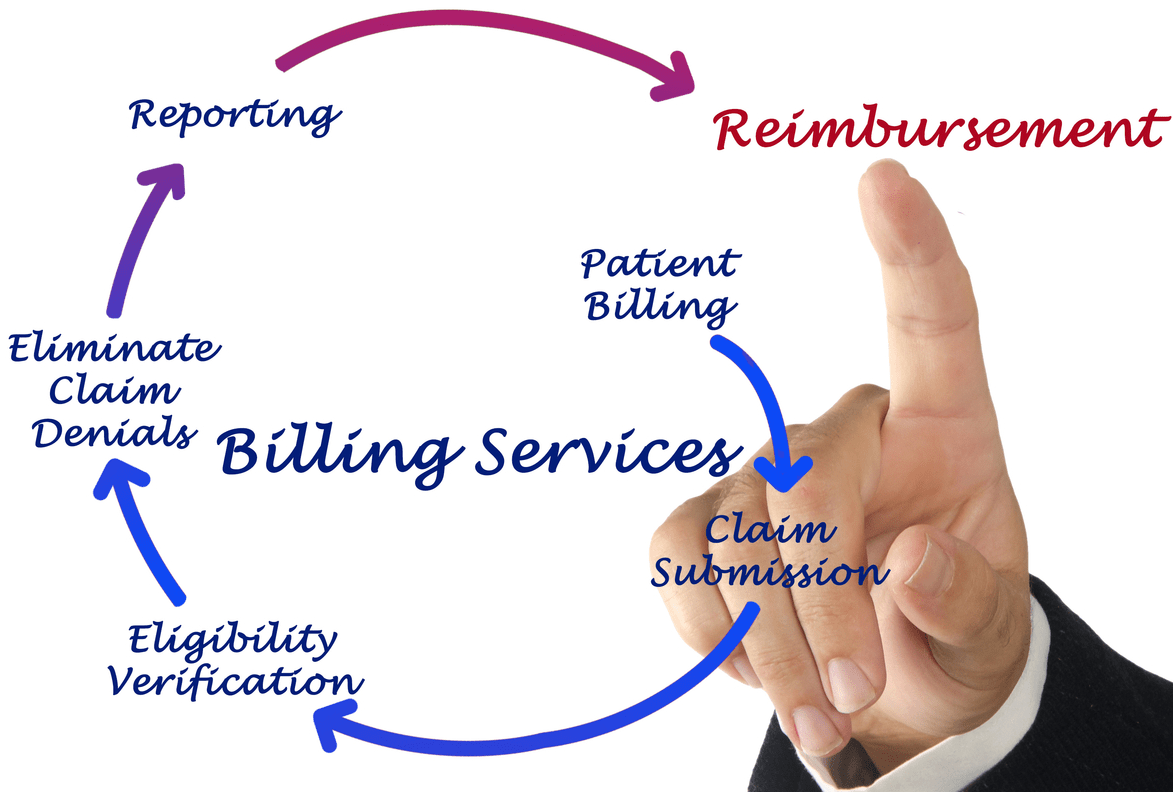Content Attributes
What is the first and most important step in delivering transformational change through data? That is undoubtedly by creating a robust data strategy.
Interestingly, data strategy isn’t just about data. Now you might think of such things as data management, data governance, and moving data around, which are very important components of the overall process. But actually, what a data strategy means for most companies is a framework that enables businesses to generate value through the application of data and analytics. And that covers a whole bunch of things across an organization.
In today’s post, we’re going to talk about some important pillars that make up the foundational building blocks of a solid data strategy.
Vision and Value
There is no need to deny the fact that modern companies have much more on their plate than ever before. So, the amount and variety of data an average organization needs to leverage is also unprecedented. Data gives businesses a better understanding of their own operations and patterns of their consumer behavior. What’s more, data analysis frameworks provide companies with all the tools they might require to develop and scale up in the future.
To use data to your advantage, you should define the goals your company is pursuing, as well as your overall mission statement. Note that the vision and value component of your data strategy is all about aligning your data initiatives, programs, work, and efforts around a business outcome, which, in turn, should tie into your overall business strategy.
People and Skills
Regardless of your organization’s size, there are a set of capabilities you need to technically sort data and get maximum value from a business perspective. This helps to drive a positive business change and boost the efficiency of your company. At this point, you also need to think who is going to take ultimate responsibility for the data strategy within your organization. Lots of companies opt for a data officer whose responsibilities include creating a team of dedicated professionals. Data officers also ensure your organization can fully grasp the opportunities it’s going after.
Operating Model
Another important aspect is how you can leverage your employees and skills in order to get the most out of them. In some situations, you might want to put your employees centrally in one team, while in others, you might choose to distribute them across your organization. Or, probably, you’ll find it fit to create a hybrid workspace where you’ll have critical capabilities but local subject matter expertise. In this respect, you should pay your close attention to the operating model, which reflects how your business is going to operate. This also includes the methodologies you’re relying upon to maximize your business potential, further analysis of your business operations and your management style, which might help you boost your opportunities and scale up your business, and much more. If you employ the right operating model, you’ll become more agile, responsive, proactive, iterative, and innovative with your data efforts.
Data Governance
Data governance is all about the way you drive trust in your data, numbers, insights, and the output your employed algorithms deliver. To be able to efficiently manage your organization’s data, you need to have specific standards and policies in place. Ideally, you should have a dedicated team of specialists responsible for controlling data usage, that is, governing data integrity, security, and usability.
Technology and Architecture
To use your data in the most effective way possible, you should avail yourself of the right technology and architecture. The former is all about choosing appropriate tools, while the latter is about masterfully knitting these tools together. You need to know how your organization obtains data, as well as how this data is being governed, managed, and transformed within it. It’s also important to know how you build models, algorithms, machine learning engines, and, most importantly, how you provision and push data to other systems your organization is using. With this knowledge, you can pick the technologies that can help you drive your business forward. Among the most promising and widely used techs are real-time streaming platforms, container repositories, microservices, NoSQL databases, FaaS, and others.
Roadmap
The roadmap is essentially the ability to lay out a plan for all the aspects mentioned earlier. This step helps enterprises future-proof the strategy of acquiring, managing, monitoring, securing, and monetizing data with the help of available methods, architecture, services, and processes. This in its own right becomes a fundamental tool for driving positive change and further development.



